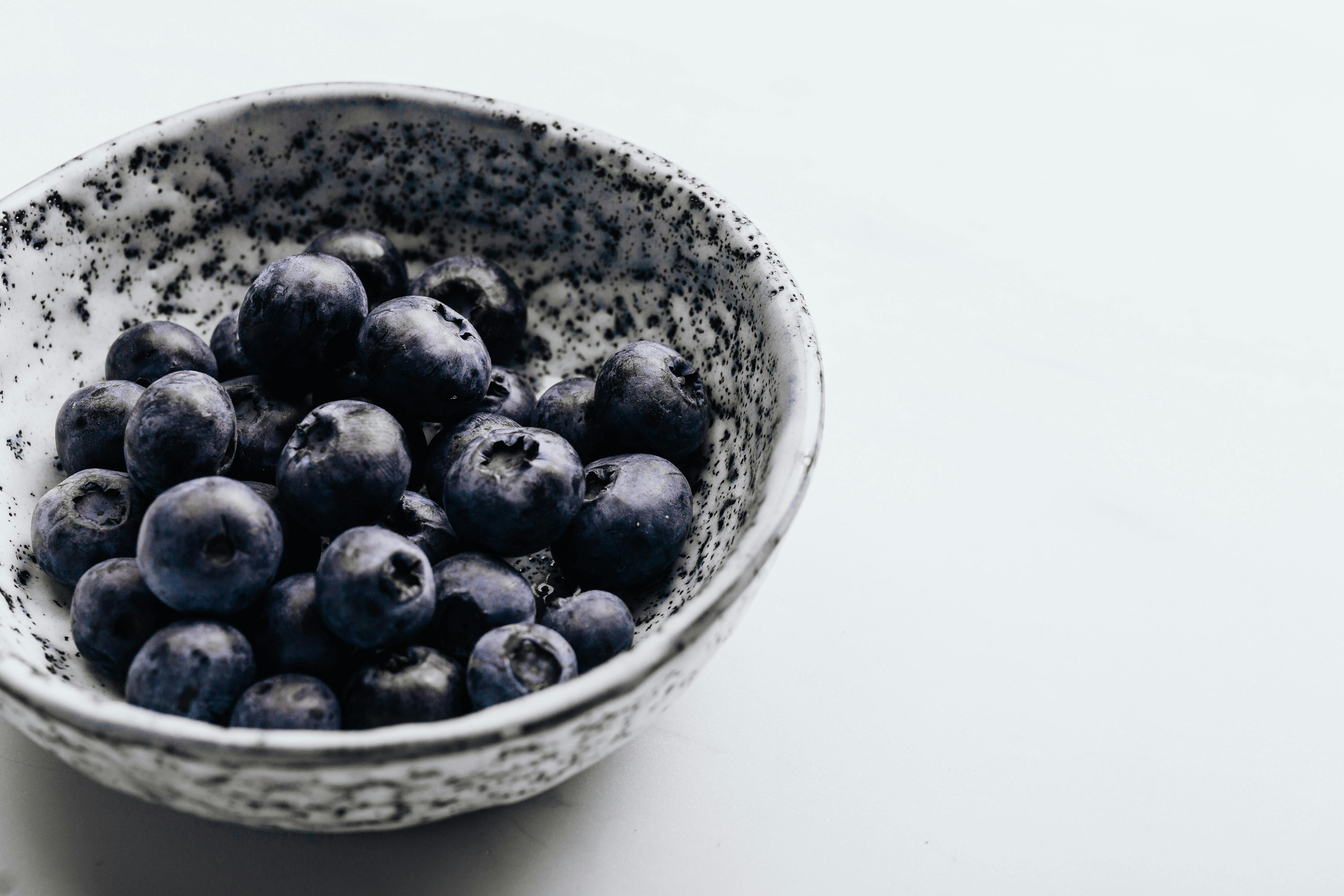When it comes to eating a diet that consists of low-glycemic foods, there are several ways to help you get the weight loss results you want.
Breakfast is important. Just like you need to fuel a furnace to burn, you also need to fuel your body with food to get your metabolism going. This meal helps jump-start your metabolism along with the cardio you do first thing in the morning. That is why breakfast is one of the most important meals of the day. You have to make sure you have a decent breakfast. My favorite is a vegetable omelet. It is packed with protein, vitamins, minerals, and phytonutrients. You can also eat oatmeal (not instant) with fruit (such as strawberries, raspberries, blueberries). If you’re going to have a cold cereal for breakfast, choose a natural, whole grain cereal that’s unprocessed and sugar-free.
Protein is also important. Stay away from fried meats. Lean meats are fine. Grilled, baked, or sautéed fish and chicken are ideal. If you’re going to eat chicken, the best are chicken breasts. If you are going to eat other parts of the chicken, make sure it is skinless to avoid a significant amount of unnecessary fat. Although fatty red meats may be low on the glycemic index, keep in mind that the high concentration of fat is not good for your cardiovascular system.
Carbohydrate intake is also important. However, there is a difference in the types of carbohydrates that should be consumed. Have your whole grain carbs (ie brown rice, baked yams). On the other hand, white rice, white potatoes, and white bread are very fattening because they easily convert to sugar. Use the glycemic index chart as a guide to stay away from the bad carbs and safely enjoy the good ones. Choose “good” carbohydrates to minimize your body’s glucose response.
Vegetables help provide nutrients, do not forget about them. They are essential to your vitality. Do not let anyone tell you otherwise. As a general rule, eat a vegetable with every meal. They can be steamed or sautéed, but not boiled. Vegetables are best eaten fresh. I routinely eat the clean, freshly cut salad mixes. They are very convenient and delicious when you add olive oil and red wine vinegar. If fresh vegetables are not available, it is best to freeze them. Canned vegetables are absolutely the worst; try to avoid them. The extreme heat required during canning destroys all of its phytonutrients and enzymes.
“Bad” saturated fats should be limited. Avoid cookies, cakes, butter, chips, take-out foods, full-fat dairy products, fatty meats, and hot dogs, which are high in saturated fat. Polyunsaturated and monounsaturated oils like olive, canola, and peanut are healthier fat choices.
Sugar should be avoided when possible. If you’re going to sweeten your food, you better not have to pay for it with your weight. Use a sugar substitute, like Splenda®, to make some of your meals more flavorful and enjoyable without any glucose involvement.
Salt should be used sparingly. Instead of salt, you can add lemon juice, freshly ground black pepper, garlic, chili, herbs, and other flavors to your food.
The alcohol turns into sugar. That’s why you can get fat if you’re not careful. When you drink on an empty stomach, more alcohol is converted to fat than if you drink on a full stomach. If you’re going to drink alcohol, keep in mind that spirits and beer have a high glycemic index (also known as effluent foods). If you’re going to have an alcoholic beverage, red wine and vodka have a relatively low glycemic index. A maximum of two drinks for men and one drink for women per day, with at least two alcohol-free days per week. Try to stay away from beer.


